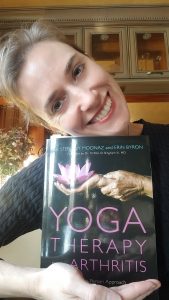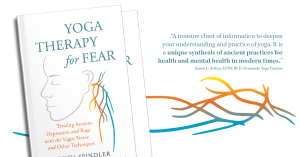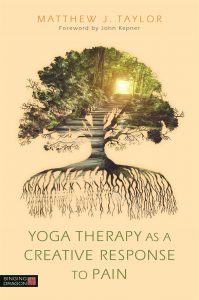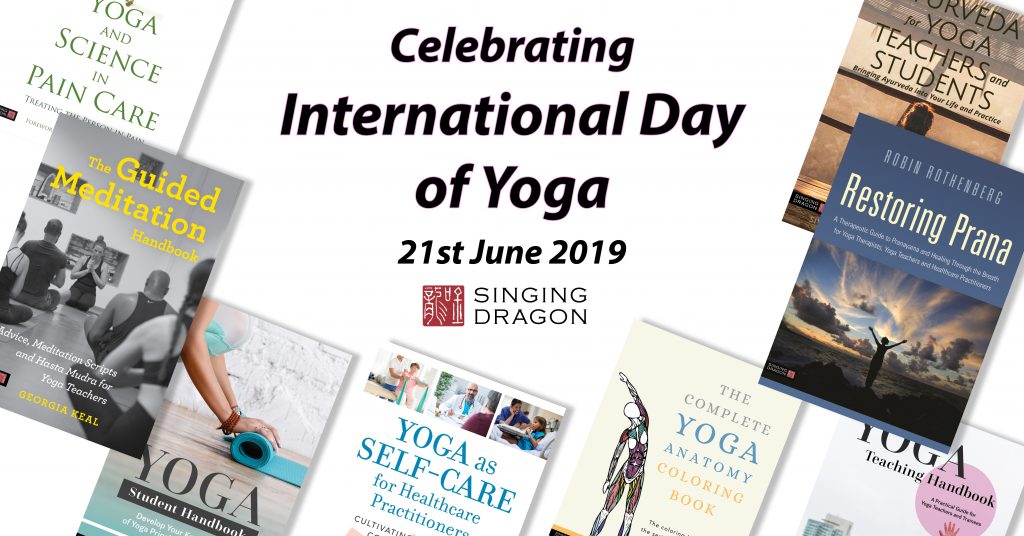 International Day of Yoga takes place across the globe on the 21st of June 2019. Many yoga teachers and studios will be offering free classes and events to help raise awareness worldwide of the benefits of practicing yoga. To celebrate, we have collated a reading list to support students and teachers in their practice, as well as those looking to incorporate yoga into their day-to-day lives.
International Day of Yoga takes place across the globe on the 21st of June 2019. Many yoga teachers and studios will be offering free classes and events to help raise awareness worldwide of the benefits of practicing yoga. To celebrate, we have collated a reading list to support students and teachers in their practice, as well as those looking to incorporate yoga into their day-to-day lives.
Did we miss anything? What topics would you like to see on our lists? Let us know in the comments below!
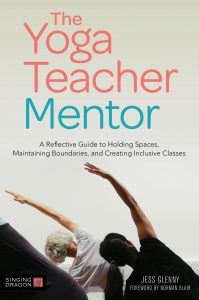
The Yoga Teacher Mentor
A Reflective Guide to Holding Spaces, Maintaining Boundaries, and Creating Inclusive Classes
Jess Glenny
Considering how teachers can maintain appropriate boundaries with students and deal with common obstacles and ethical issues, this book offers mentoring and support to new or experienced yoga teachers. It includes chapters on creating generative spaces and the art of relating with difficult students. Learn more
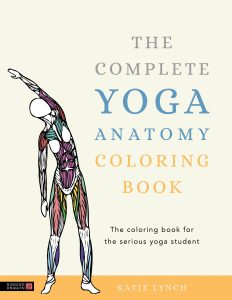 The Complete Yoga Anatomy Coloring Book
The Complete Yoga Anatomy Coloring Book
Katie Lynch
This practical and engaging coloring book helps yoga teachers and students develop their knowledge of the human body. Featuring 100+ illustrations and backed by rigorous scientific knowledge, it is the ultimate tool for all those interested in practising yoga effectively and safely. Learn more
Continue reading →
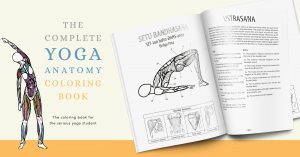 Illustrated with anatomical drawings for coloring throughout, The Complete Yoga Anatomy Coloring Book by Katie Lynch covers physiology of the breath; movements of the joints; workings of the spine, shoulders and pelvis and in-depth muscle information before moving onto Asana Anatomy specifically related to the main standing, seated and inversion postures.
Illustrated with anatomical drawings for coloring throughout, The Complete Yoga Anatomy Coloring Book by Katie Lynch covers physiology of the breath; movements of the joints; workings of the spine, shoulders and pelvis and in-depth muscle information before moving onto Asana Anatomy specifically related to the main standing, seated and inversion postures. International Day of Yoga takes place across the globe on the 21st of June 2019. Many yoga teachers and studios will be offering free classes and events to help raise awareness worldwide of the benefits of practicing yoga. To celebrate, we have collated a reading list to support students and teachers in their practice, as well as those looking to incorporate yoga into their day-to-day lives.
International Day of Yoga takes place across the globe on the 21st of June 2019. Many yoga teachers and studios will be offering free classes and events to help raise awareness worldwide of the benefits of practicing yoga. To celebrate, we have collated a reading list to support students and teachers in their practice, as well as those looking to incorporate yoga into their day-to-day lives.

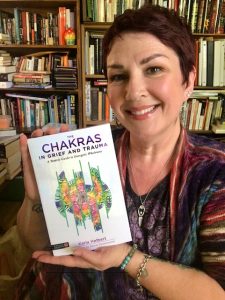 Karla Helbert, author of
Karla Helbert, author of 
